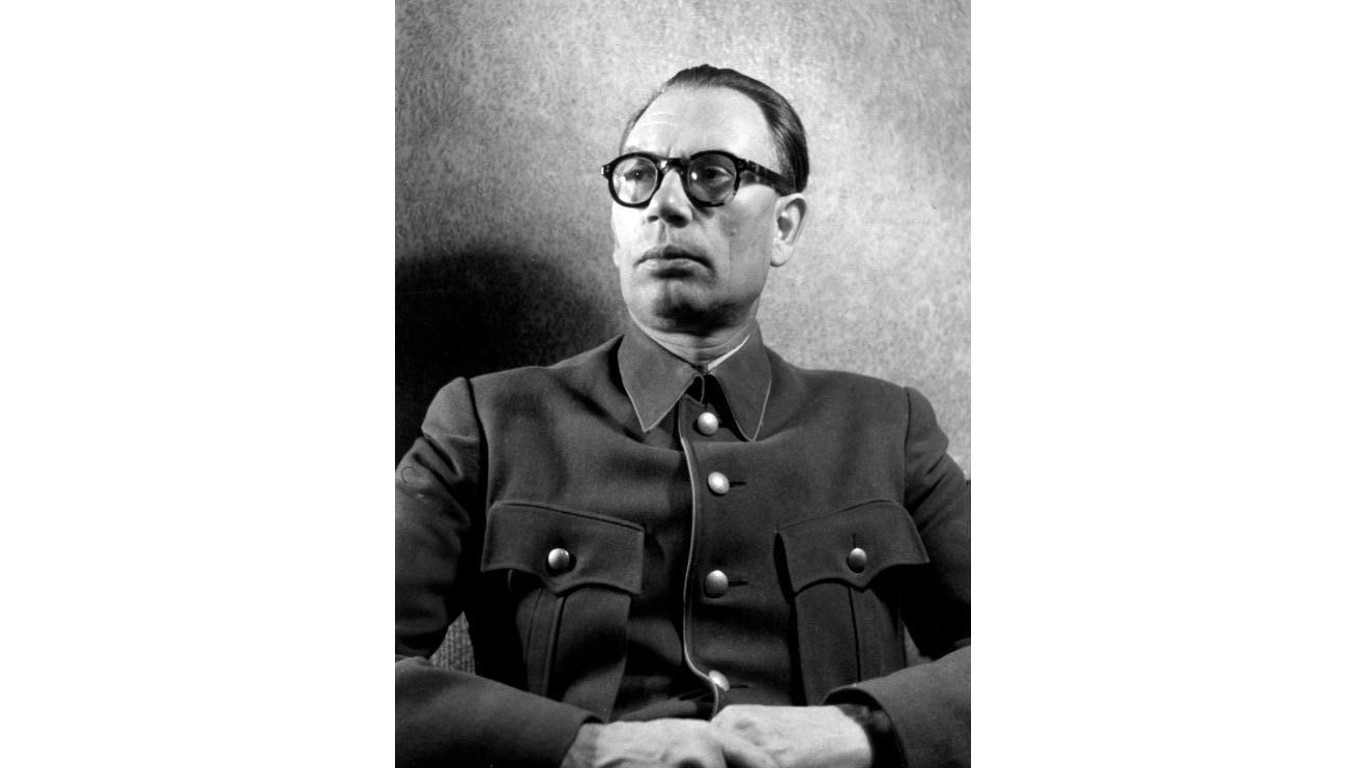
No historical figures are more reviled than traitors. Many of their betrayals have had a significant impact on history and the fate of nations. Such is the depth of their treachery that many of their names -Vidkun Quisling, Benedict Arnold, Mir Jafar, and Judas Iscariot – are synonymous with disloyalty.
To determine the most famous traitors in history, 24/7 Tempo consulted sources including Britannica, Biography, and History, as well as various news sites.
The first question asked about traitors is why would someone betray one’s own country? The motivations are many, but the most common is money. Andrew Daulton Lee, a drug dealer from California, passed on secrets to the Soviet Union in the 1970s for cash. An expanding bank account of long-time turncoat CIA agent Aldrich Ames piqued the interest of American intelligence services. When FBI agent Robert Hanssen was arrested for espionage, he said his only motivation was financial. (These are the most famous spies in history.)
Ideological reasons are another incentive for people to turn on their country. In the 1930s, Cambridge University students were recruited by the Soviet Union to spy on Great Britain. The so-called Cambridge Five were convinced that Marxism was the best counterweight to the rise of fascism and passed intelligence to Soviet Russia. In our own era, John Walker Lindh, from California, converted to Islam and wound up fighting for the Islamic extremist group the Taliban against the U.S. and its allies in 2001.
For others, simple opportunism was the rationale for betrayal. Ephialtes showed the Persian army of Xerxes a way around the Spartan force at Thermopylae, hoping for an influential place in a Greece conquered by Persia. That was also the motivation for Pierre Laval, the French politician who collaborated with Nazi Germany, which he was convinced would win World War II. (The Nazis were defeated in part due to their loss in some of the biggest battles of WW II.)
Some of the traitors on the list had distinguished themselves in battle, such as Benedict Arnold, Andrey Vlasov, and Philippe Pétain, only to desert their country.
Click here to see the most famous traitors in history
Nearly half of the traitors on this list met a grim end, whether by execution, accident, or suicide. One who died by her own hand was Stella Kubler, one of the more reprehensible people in history. Kubler, born into a Jewish family in Germany, was a “Jew catcher” – a Jew working for the Nazis to find other Jews in hiding. Kubler outed her co-religionists, many of them ex-schoolmates and even some relatives, for money.
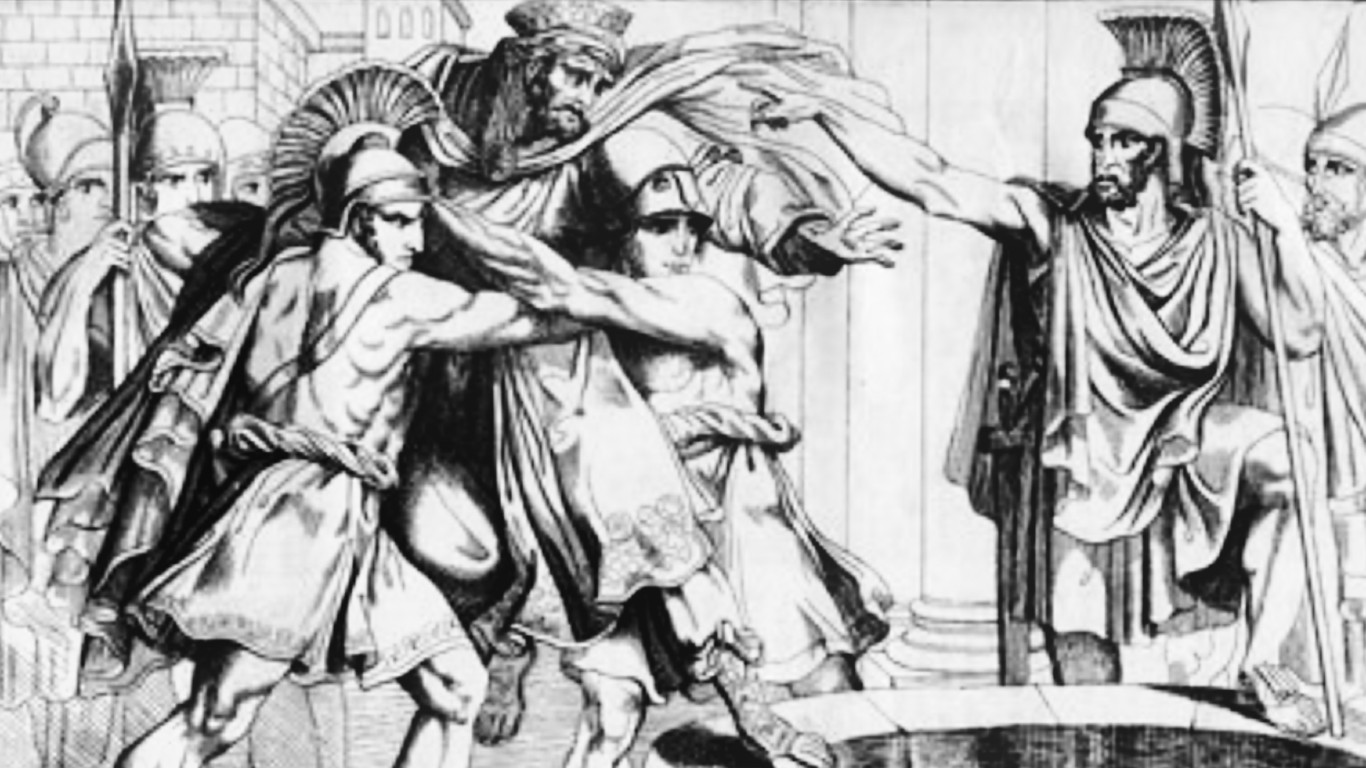
Ephialtes of Trachis (5th century B.C.)
In 480 B.C., Ephialtes betrayed his Greek compatriots by revealing a little-known goat trail in the mountains at Thermopylae in eastern Greece to the massive invading army of Persian king Xerxes. They outflanked the small force of mostly Spartan warriors, who had held off the Persian army for three days, killing all of them, and continued their march southward in Greece.
Ephialtes hoped for a place in the new order in Greece if Persia won, as well as a monetary reward. Instead, Greece prevailed and Ephialtes wound up with a price on his head. He was eventually killed for an unrelated reason. Ever since Ephialtes backstabbed the Greeks at Thermopylae, the Greek word for nightmare is “ephialtes.”
[in-text-ad]
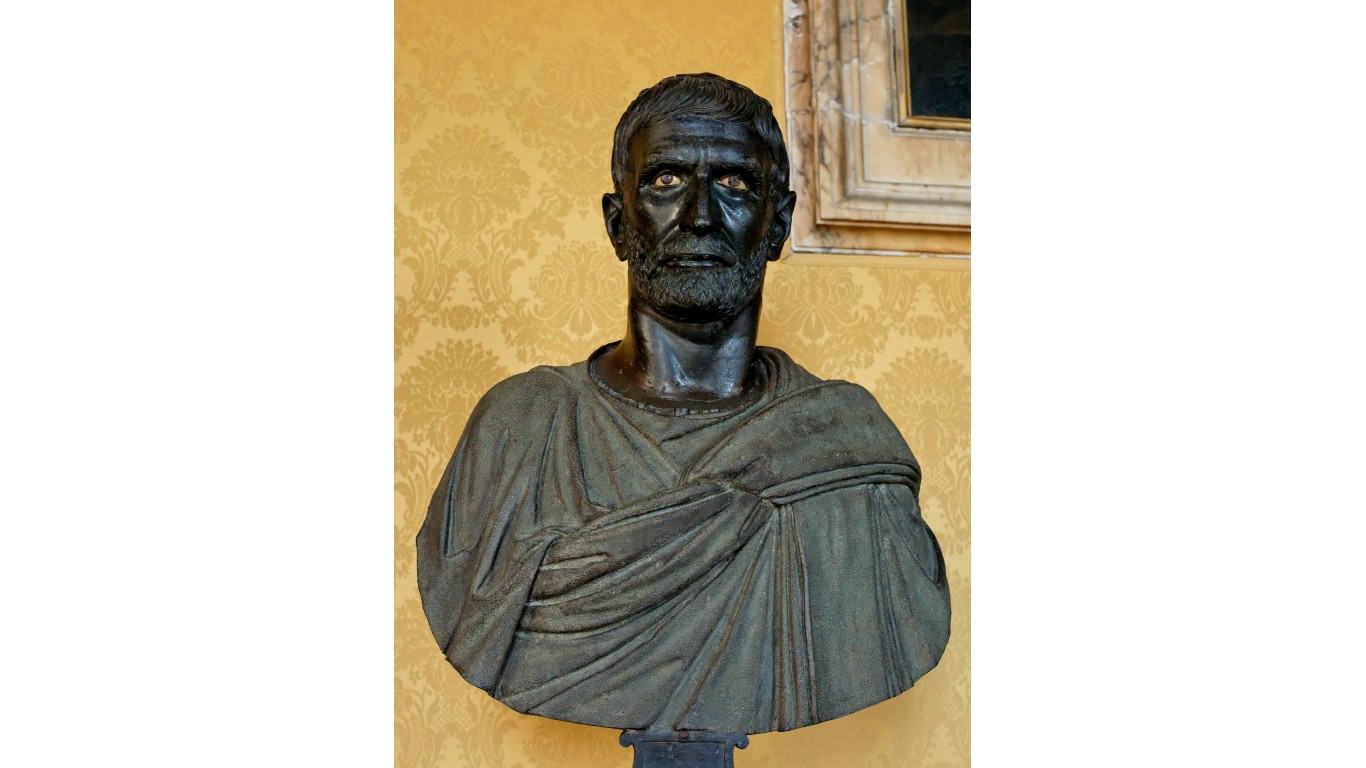
Marcus Junius Brutus (85-42 B.C.)
Marcus Junius Brutus is one of the most famous traitors in history. A Roman senator, he plotted with others to assassinate Julius Caesar in 44 B.C.. Caesar was stabbed 23 times by the plotters, including Brutus. Brutus is immortalized by a line in the Shakespeare play “Julius Caesar” in which the Roman emperor, at the moment of his assassination, says to Brutus, “Et tu, Brutus?”

Judas Iscariot (1st century A.D.)
No name is more synonymous with treachery than that of Judas Iscariot. He was one of the 12 Apostles, but according to the New Testament, he betrayed Jesus for 30 silver coins to their Roman overlords. There has been some revision to the Judas’ story with the discovery of Gnostic texts called the Gospel of Judas, depicting Judas as an obedient servant of Jesus. These texts describe conversations between Judas and Jesus and suggest that Jesus instructed Judas to betray him to the Romans, over Judas’s objections.
Qin Hui (1090-1155)
Qin Hui was a minister with the Song Dynasty in 12th-century China. At that time Jurchen tribes occupying the northern territories of China captured the Song emperor. When Song general Yue Fei tried to reconquer the territory and reinstall the emperor to the throne, Qin Hui stopped him and had him executed. For this, Qin Hui is still regarded as a traitor in China.
In the region where Fei is buried there are statues of Qin and his wife, bound and on their knees, where people can express their displeasure at the treasonous official.
[in-text-ad-2]
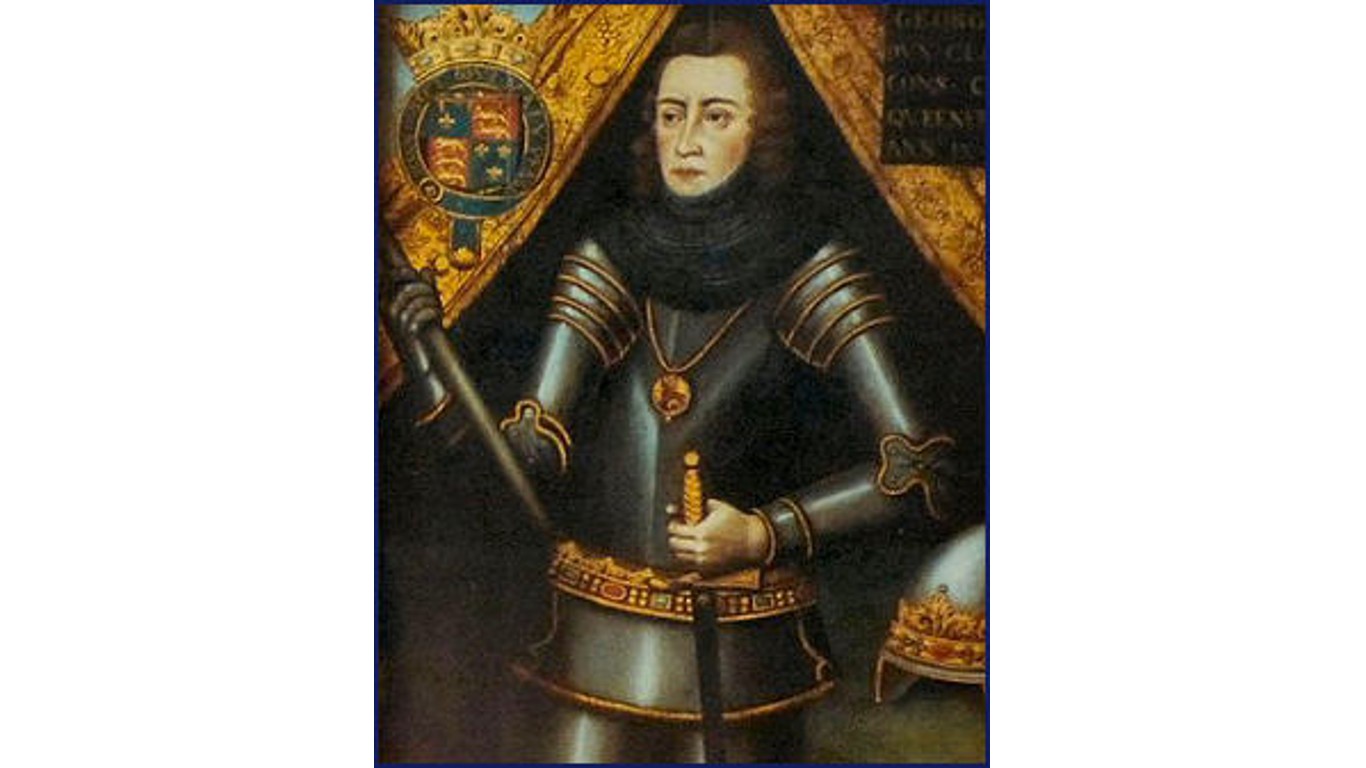
George Plantagenet (1449-1478)
One of the better-known opportunists in history, George Plantagenet, the first Duke of Clarence, was a member of the House of York who switched sides to the Lancastrians and then returned to the Yorkists during England’s War of the Roses in the 15th century. He was eventually convicted of treason against his brother, King Edward IV, and executed.
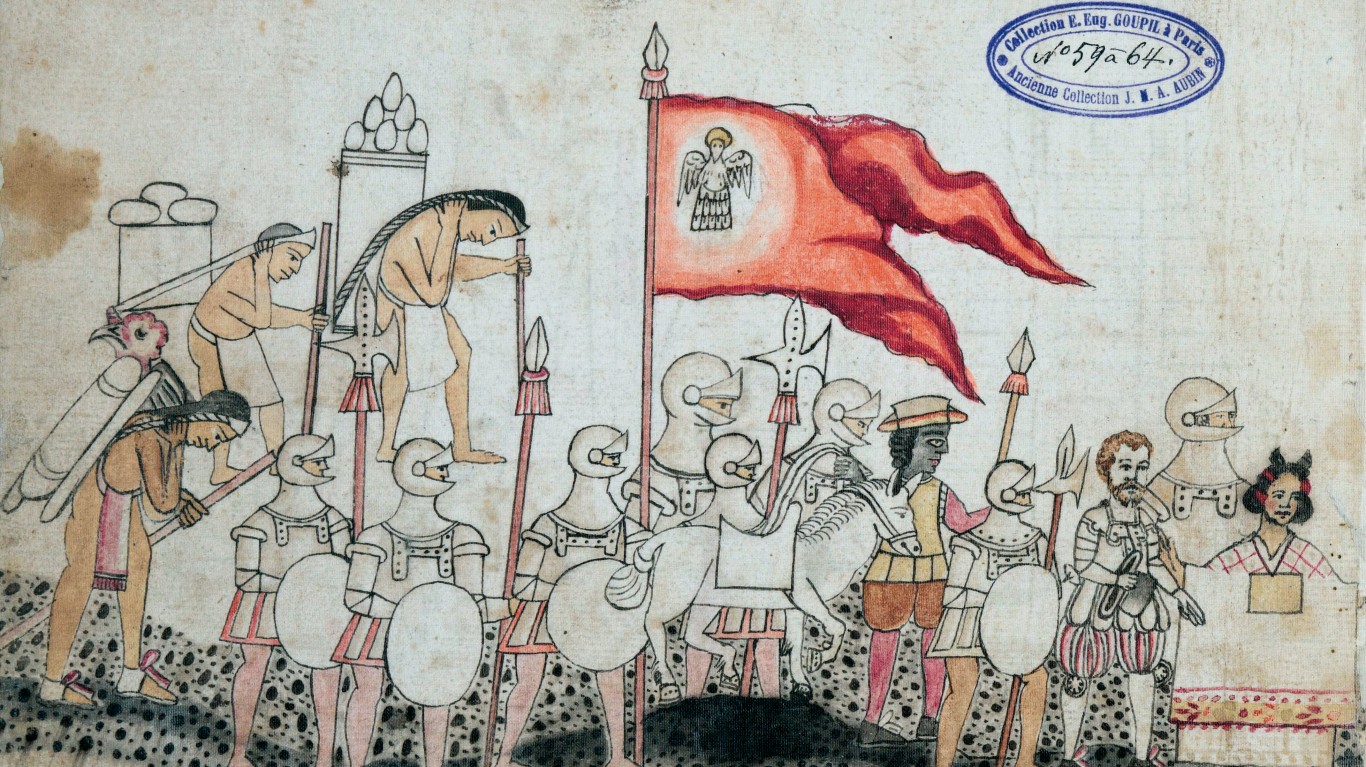
La Malinche (1500-1529)
La Malinche, also known as Doña Marina, was born to an Aztec chieftain and his mistress in the 16th century. After her father died and the mistress remarried, Marina was sold into slavery. When the Spanish conquistadors arrived in the Western Hemisphere, she became a courtesan of Spanish leader Hernán Cortés. Her knowledge of the indigenous culture proved invaluable in helping the Spanish defeat the Aztecs.
Today, she is despised by Mexicans as a turncoat who deceived her people for money and power.
[in-text-ad]
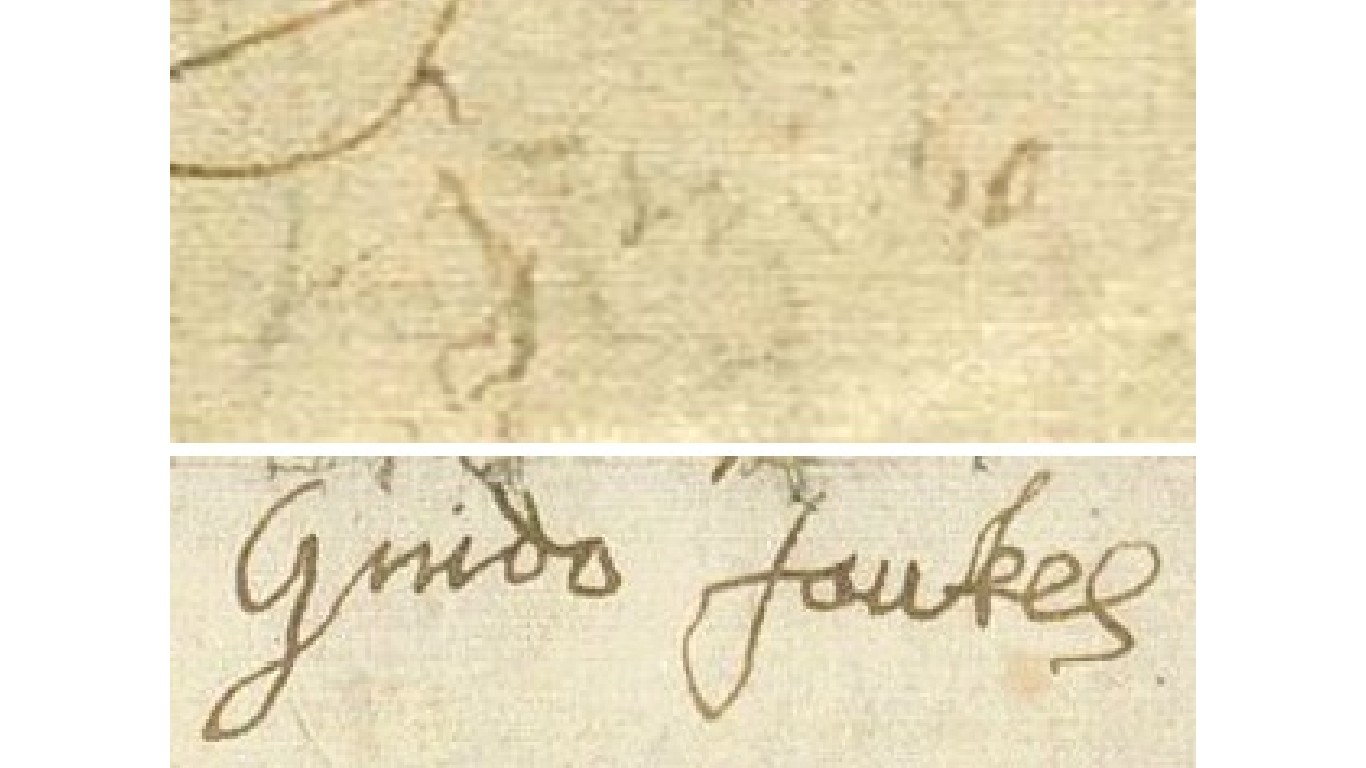
Guy Fawkes (1570-1606)
Guy Fawkes was a participant in the so-called Gunpowder Plot in 1605 to blow up the palace at Westminster while Parliament was in session and King James I was present. The scheme was hatched by English Catholics and intended as a reprisal against the oppression of Catholics in England. Fawkes, a military man and recent convert to Catholicism, helped plant barrels of gunpowder in a cellar that extended underneath the palace. The plot was foiled, Fawkes was caught, and on the day of his execution he fell off the gallows ladder and broke his neck.
The British celebrate Guy Fawkes Day every Nov. 5 by firing off fireworks and burning effigies of the conspirator, and children traditionally request “a penny for the guy.”
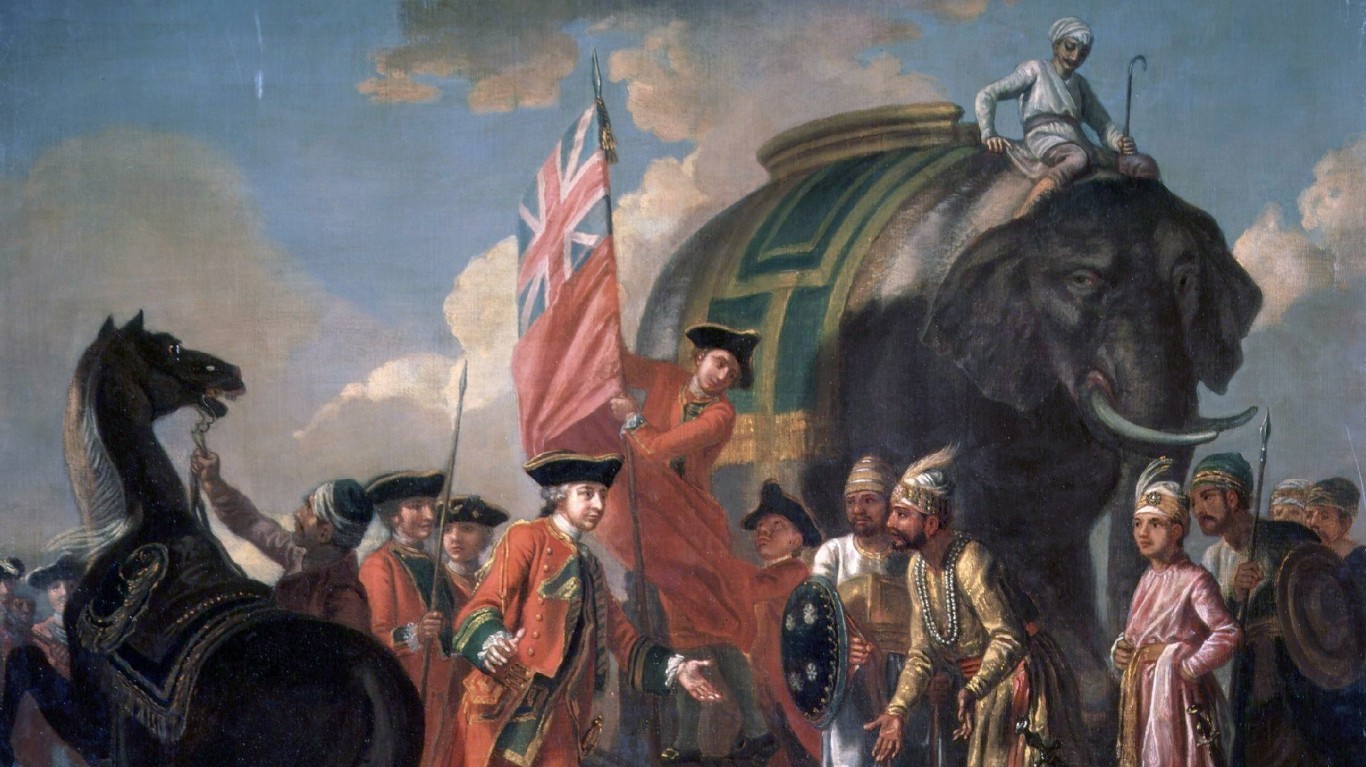
Mir Jafar (1691-1765)
One of the reasons why the British were eventually able to take control of all of India in the 19th century was because of an 18th-century collaborator named Mir Jafar. He was the military commander-in-chief of the powerful ruler Siraj-ud-daula who ruled the region of Bengal. The British bribed Jafar by promising him the Bengali throne in exchange for helping the outnumbered British win the Battle of Plassey on June 23, 1757. The king of Bengal was captured and executed. Jafar became a puppet ruler of Bengal under the British and his name has become synonymous with duplicity in India.
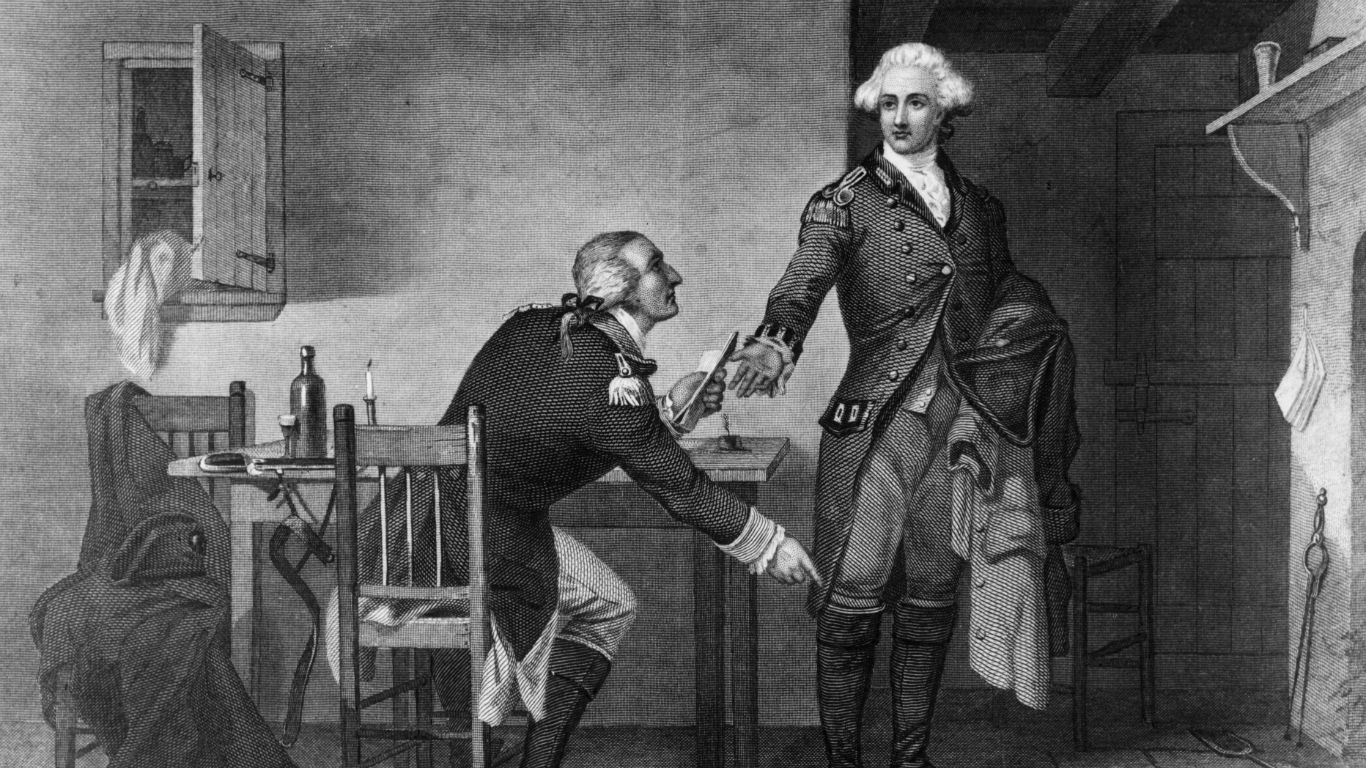
Benedict Arnold (1741-1801)
Benedict Arnold is the most famous traitor in U.S. history, and certainly among America’s most complicated historical figures. During the American Revolution, Arnold distinguished himself on the battlefield, in particular with his tactical skills in helping defeat the British at the crucial Battle of Saratoga in 1777. He resented the fact that other military leaders took credit for his success. He also was under financial pressure, partly because of his wifes lavish lifestyle.
In need of money, and smarting from the refusal of Congress to promote him, he began spying for the British. He sent coded messages to British major John André about the defenses of West Point. André was caught with the messages that implicated Arnold and hanged. Arnold openly joined the British side and after the war fled to England where he remained for the rest of his life.
[in-text-ad-2]

Mir Sadiq (late 18th century)
Another story of betrayal in India involves Mir Sadiq. He was a minister under Tipu Sultan, the so-called Tiger of Mysore. During the fourth Anglo-Mysore war in 1799, Sadiq betrayed Tipu Sultan and sided with the British, paving the way for a British victory. As a result, Sultan died during the siege of Srirangapatnam.
Philippe Pétain (1856-1951)
Philippe Pétain went from being one of France’s greatest heroes from World War I to a vilified figure who collaborated with the Nazis and headed France’s Vichy government during World War II. Pétain earned the nickname “The Lion of Verdun” for winning one of the war’s bloodiest battles. After France collapsed during the Nazi blitzkrieg in 1940, the French asked the 84-year-old Pétain to form a government. He chose to surrender and aligned the fascist Vichy government with Nazi Germany. When the war was over, he was charged with treason along with other members of the Vichy regime and sentenced to death. The execution was stayed because of his past heroism, and he lived out the rest of his life in a fortress off France’s Atlantic coast.
[in-text-ad]

Pedro Paterno (1857-1911)
Pedro Paterno is considered the most infamous traitor in the history of the Philippines. A well-regarded writer and lawyer who never missed an opportunity to gain an opportunity, he negotiated an agreement with the Spanish Empire in 1897 in which Filipino revolutionaries would end their fight with the Spanish and cooperate with them.
He urged the Philippines to fight against the United States during the Spanish-American War, and to continue to resist American occupation after Spain lost the war.conflict. After he was captured by the Americans, he swore allegiance to the U.S., and became president of the Consultative Assembly.
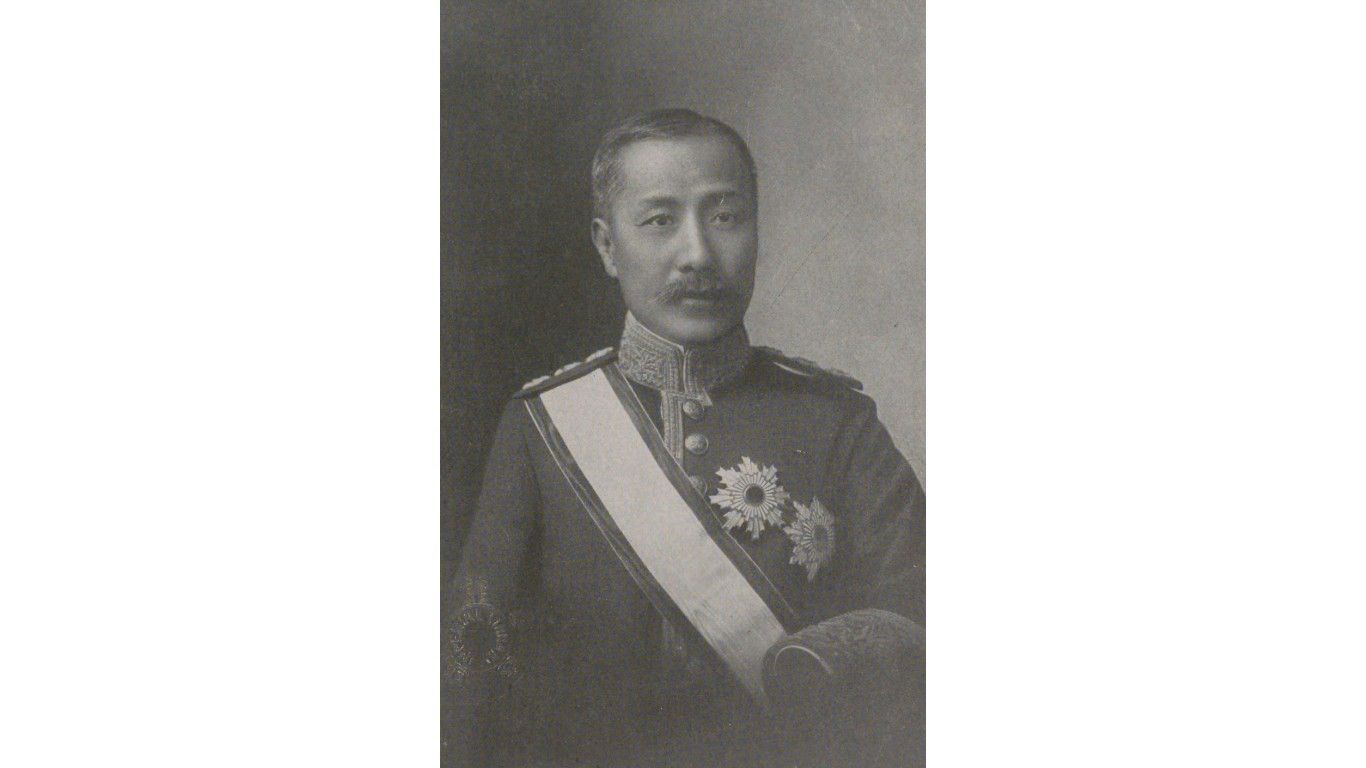
Song Byeong-jun (1857-1925)
Song Byeong-jun was an official in the royal court of the Joseon Dynasty whose pro-Japanese position led to the demise of the nearly 600-year-old kingdom in 1910. Song is recalled as one of the most detested traitors in Korean history.
Song had been sent to Japan to kill a man who had led a coup attempt and had been exiled. Instead, he joined him and when the two returned to Korea, they were imprisoned. After he was released, he returned to Japan again on business and aligned himself with pro-Japanese groups. His involvement with Japan helped that country colonize Korea.
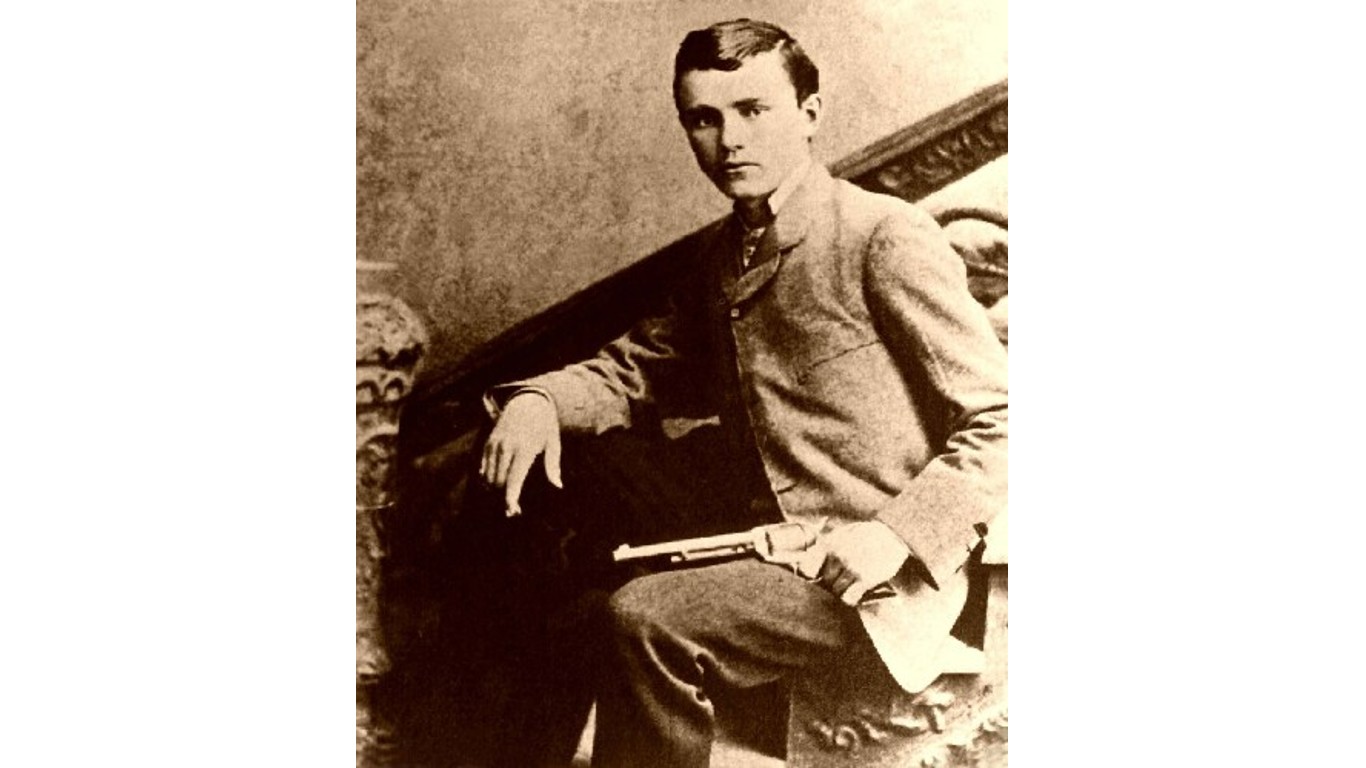
Robert Ford (1862-1892)
Robert Ford’s traitorous act didn’t have the larger repercussions of other traitors on this list, but it is famous. Ford was a member of the legendary Jesse James gang, which robbed banks in the Midwest in the late 19th century. In 1880, the Missouri governor put a $10,000 price on James’ head. Ford betrayed James by shooting him to death two years later. When Ford tried to collect the reward, he was charged with first degree murder and sentenced to hang. He was eventually pardoned by the governor.
Ford would be gunned down by another outlaw in retribution for the killing of James. The James killing was made into a movie in 2007 titled “The Assassination of Jesse James by the Coward Robert Ford,” and starring Brad Pitt as James.
[in-text-ad-2]

Alfred Redl (1864-1913)
Alfred Redl, the top spymaster in Austria-Hungary, sold secrets to Russia and other nations in the years preceding World War I. Redl joined Austria-Hungary’s general staff in 1899-1900 and was an expert on Russia, which was seen as a potential enemy. He became head of the espionage and counterintelligence branch of his nation’s military intelligence.
Around 1907, Redl began sending all manner of military secrets to Russia, Italy, and France such as the order of battle and mobilization plans, in return for cash to sustain his lavish lifestyle. When he was caught, military officials offered him the option of committing suicide, which he accepted.

Emilio Aguinaldo (1869-1964)
Emilio Aguinaldo had a long and colorful career fighting for Filipino independence. He led a rebel group that fought the Spanish in the late 19th century, then signed an agreement with Spain in 1897 agreeing to leave the Philippines in exchange for money and the promise of liberal reforms. He later assisted the U.S. in the expulsion of Spain from the Philippines, and became that country’s first president.
But his relations with the Americans deteriorated, and he led rebels against the U.S. After Aguinaldo was captured, he swore allegiance to America again and retired. When Japan invaded the Philippines in 1941, Aguinaldo was used as a puppet to urge Americans and Filipinos to surrender. After Japan was defeated, he was tried as a collaborator and jailed before he eventually received amnesty.
[in-text-ad]

Mata Hari (1876-1917)
Mata Hari may be the most famous spy of all time, though there is some doubt as to whether she was a spy at all. Born Margaretha Geertruida Zelle in Holland, she was married at 19 to a Dutch military captain and lived in the Dutch East Indies. Her marriage deteriorated and she returned to Paris and took to the stage as an exotic dancer, captivating Europe with her exotic looks and Indian-influenced performances. (. “Mata Hari” means “eye of the day” or “sun” in Indonesian.)
Once her appeal faded, she took to seducing men in government. As a citizen of neutral Holland during World War I, she had some freedom of movement across borders. But her travels and liaisons with German officers got the attention of British and French intelligence. The French employed Hari as a spy but she may have been a German double agent. In any case, she was arrested for espionage in Paris in 1917 and executed by firing squad. Some historians believe she was a scapegoat for Allied military failures.

Wang Jingwei (1883-1944)
Wang Jingwei was an associate of Chinese Nationalist leader Sun Yat-sen and the often bitter rival of Chiang Kai-shek for control of the Nationalist government in the 1920s and early 1930s. Wang became president of the Nationalist Party while Chiang led the military.
When war broke out with Japan in 1937, Wang issued a public statement seeking a peaceful settlement with Japan. After signing a secret agreement with the Japanese, Wang became the head of a new regime that oversaw Japanese-occupied territory in China – though the Japanese still exercised military and economic dominance over the area. Wang died in 1944 in Japan while getting medical treatment. He is reviled in both Taiwan and mainland China as a traitor to this day.

Pierre Laval (1883-1945)
Longtime French politician Pierre Laval became, along with Philippe Pétain, the face of French collaboration with the Nazis during World War II. Laval served as prime minister of France twice in the 1930s and then became foreign minister. After France surrendered to Germany in 1940, Laval used his position to suppress the French Resistance, round up Frenchmen for forced labor in Germany, and help find and deport French Jews to concentration camps. Laval believed Germany was going to win the war and wanted to gain a strong position for France once the conflict ended. war.
Laval was arrested by the Free French when France was liberated. After the war he was tried for high treason and convicted. After a failed suicide attempt, Laval was executed by firing squad in 1945.
[in-text-ad-2]

Vidkun Quisling (1887-1945)
Another man whose name became a synonym for traitor was Vidkun Quisling. Earlier in his political career, Quisling was sent to the Soviet Union during that country’s famine and was convinced socialism was a failure. He rose up the ranks of a far-right political party in Norway and curried favor with Nazi Germany.
After Germany invaded Poland in 1939, Quisling made a secret agreement with the Germans to provide them with his country’s iron and ships for the German war effort and said he would stage a coup and support Germany. When Germany invaded Norway in 1940, Quisling went on public radio declaring himself leader of the nation. Viewing Norway as just a garrison for Nazi Germany, he thought Norway would acquiesce. Instead, Norwegians resisted. Quisling was arrested in May 1945 and executed by firing squad
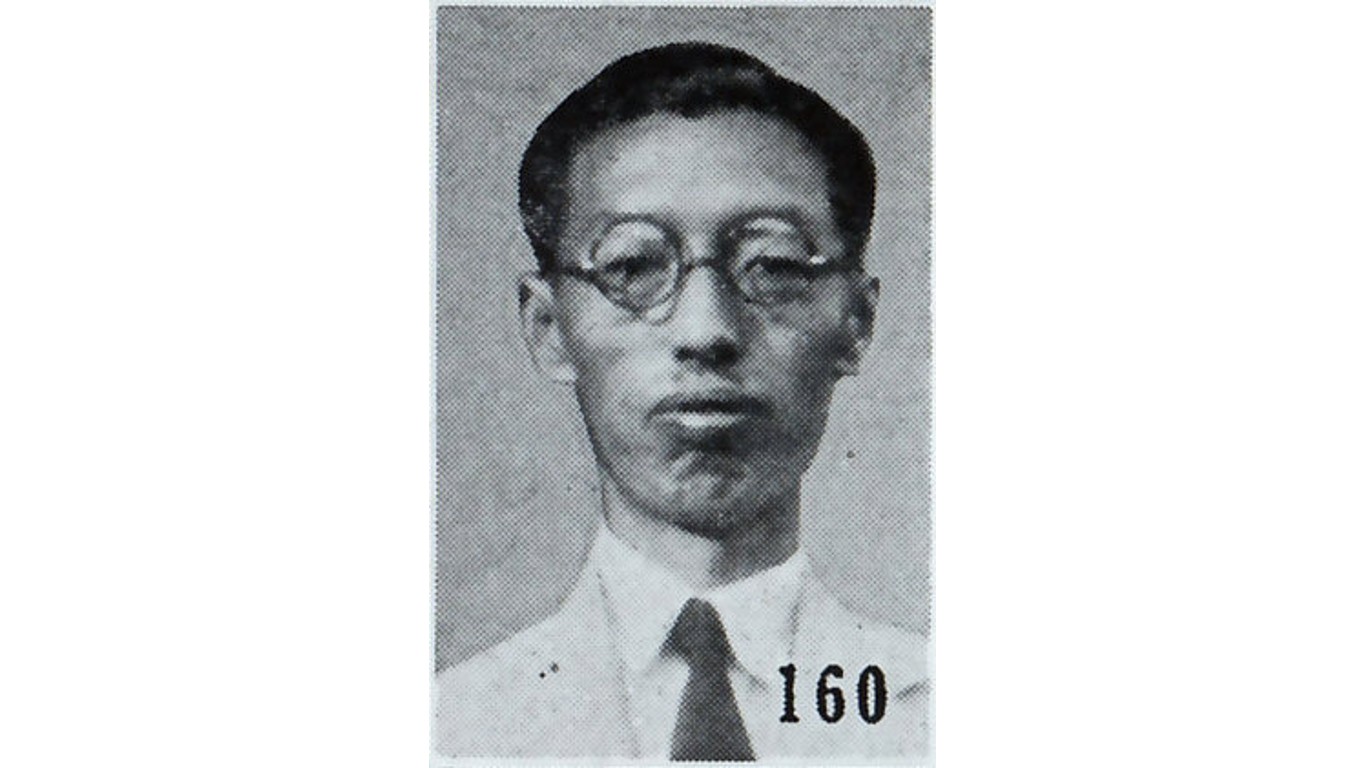
Shi Yousan (1891-1940)
Shi Yousan was a Chinese general who betrayed Chinese warlords, Chiang Kai-shek, Nationalist president Wang Jingwei, the Chinese Communist Party, and Japan. Shi intended to defect to Japan but before he could do so, he was captured and killed. Shi is infamous in China as the “Defector General.”
[in-text-ad]
Andrey Vlasov (1901-1946)
Andrey Vlasov has the dubious distinction of leading a Russian military force in the service of Nazi Germany against the Red Army. Vlasov, who distinguished himself by helping stop the German advance on Moscow in 1941, was captured by the Nazis in 1942 while trying to break the siege of Leningrad. He accepted an offer from the Germans to fight the Soviet Union by forming a Russian patriotic army. Vlasov and many of his troops were captured near the Czech city of Pilsen in 1945 and he was executed a year later for treason.
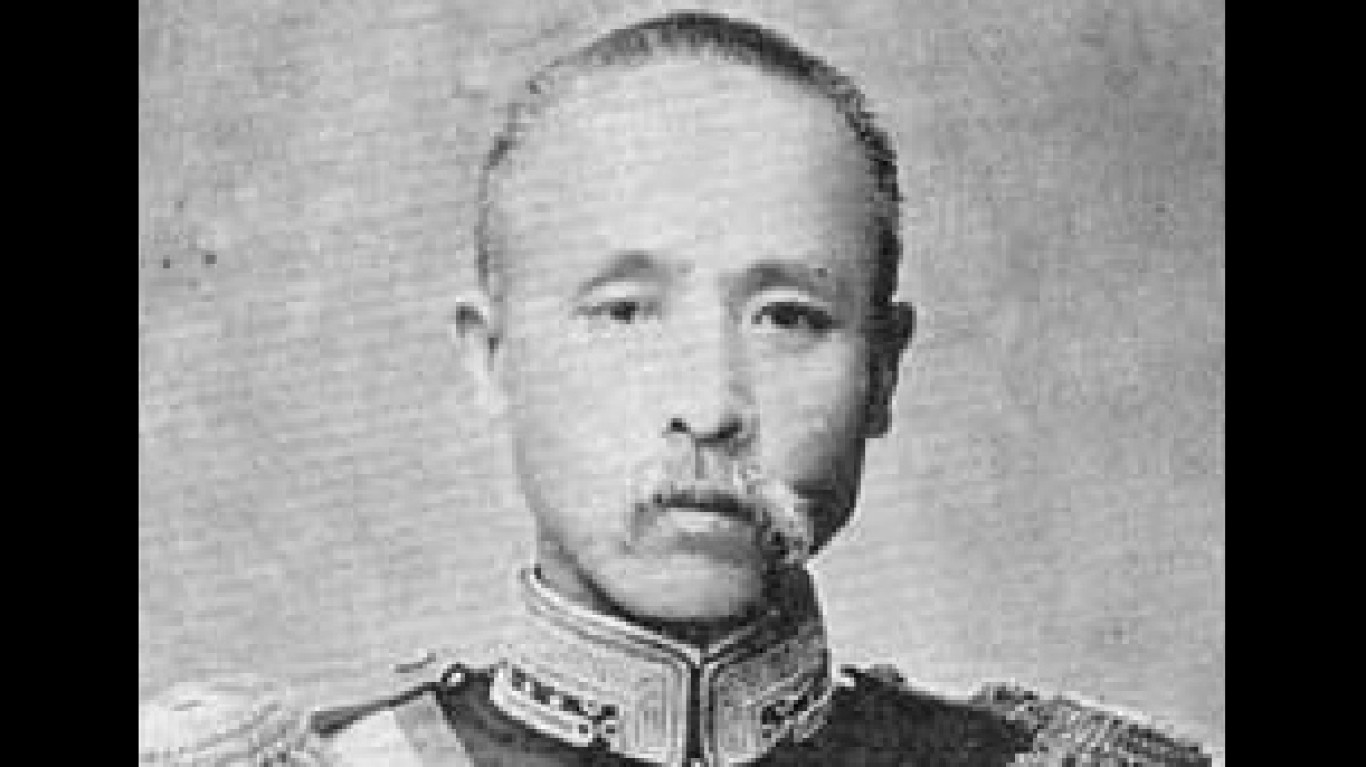
Five Eulsa Traitors (c. 1905)
The Five Eulsa Traitors are the Korean officials serving under Emperor Gojong who signed the Eulsa Treaty of 1905 that made Korea a protectorate of Japan. The treaty was signed after the Russo-Japanese War was won by Japan and the document represented the extension of Japan’s hegemony over Korea. Prime Minister Han Gyu-seol and the emperor were against the treaty, but were not effective in opposing the ministers. The Japanese government forced the prime minister to resign. The public was angered by the accord and an assassination group was formed against the Eulsa traitors. Several of them were injured and the house of another was burned.

Claus Schenk Graf von Stauffenberg (1907-1944)
As turncoats go, Claus Schenk Graf von Stauffenberg is given a pass by history. Von Stauffenberg was a German army officer who became disillusioned with the conduct of the war. As chief of staff to the Reserve Army Command, he had access to conferences attended by Hitler. He placed a briefcase with a bomb underneath a table near Hitler at one conference in East Prussia on July 20, 1944. The briefcase was moved and although the bomb detonated, Hitler survived the assassination attempt. For his involvement in the German resistance, von Stauffenberg was executed by firing squad.
[in-text-ad-2]

Julius and Ethel Rosenberg (1918-1953)
At the height of the Cold War in 1953, Julius and Ethel Rosenberg were executed for passing secrets to the Soviet Union. For decades afterward, the debate over the guilt or innocence of the Rosenbergs defined the American right and left. The couple’s defenders claimed the Rosenbergs were victims of anti-communist hysteria and were righteous dissenters standing up for civil rights and freedoms. However, their co-defendant, Morton Sobell, admitted in 2015 that the Rosenbergs were Soviet agents. Sobell confirmed that the Rosenbergs turned over secrets from the Manhattan Project to the Soviet Union as well as data on sonar and radar systems used by the Russians to shoot down U.S. aircraft in the Korean and Vietnam wars.
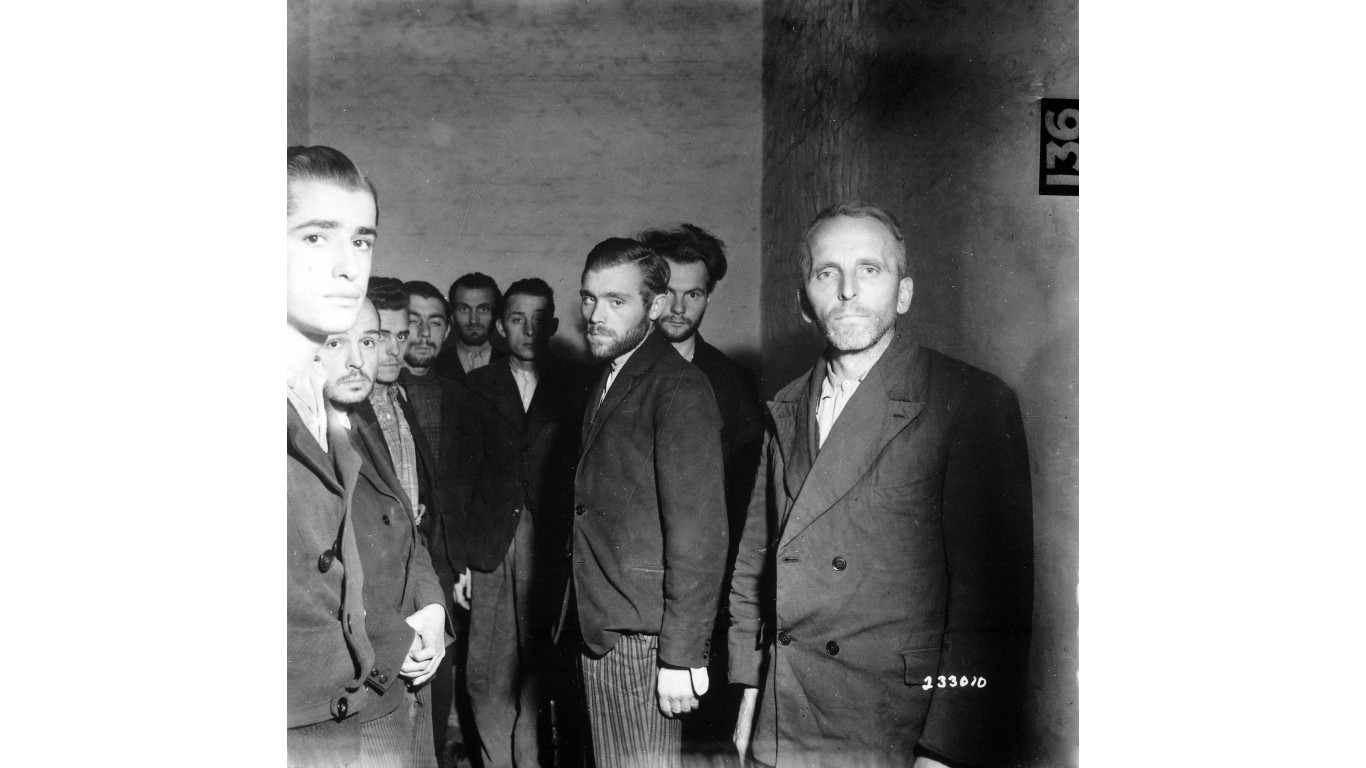
Stella Kubler (1922-1994)
Stella Kubler, born into an assimilated middle-class Jewish family in Berlin, was a “Jew catcher” – a Jew working for the Nazis to find other Jews in hiding. She was infamously known as “The Blond Ghost” or “Blond Poison,” because she was blond and blue-eyed and could pass for Aryan.
In return for her help, the Nazis gave her money and agreed to spare her parents. She went on to expose hundreds of friends, ex-classmates, and even some relatives. Besides tracking down Jews with great fervor, she also beat, tortured, and humiliated Jewish prisoners. After she was captured by the Russians, she served 10 years in prison. She converted to Christianity and committed suicide in 1994.
[in-text-ad]

The Cambridge Five (1930s-1950s)
The Cambridge Five were a spy ring of turncoats recruited from Cambridge University in England during the 1930s by the Soviet Union. The group were students who were convinced that Marxism was the best counterweight to the rise of fascism. The five were: Kim Philby, Guy Burgess, Don MacLean, Anthony Blunt, and John Cairncross.
They passed enormous amounts of material to the Soviet Union during and after World War II. Several of the group defected to the Soviet Union, including Philby, who was honored by the Soviet Union on a postage stamp. The Five caused severe damage to the United States and Britain in the volume and value of the intelligence that was compromised. The U.S. also questioned the competence of the British secret service in the wake of the scandal.

Christopher Boyce and Andrew Daulton Lee
Christopher John Boyce and Andrew Daulton Lee were boyhood friends from California who were arrested for espionage. Boyce was an American defense industry employee who became disillusioned with CIA interference in the internal affairs of other countries. He sought out Soviet contacts and sold top-secret U.S. satellite technology information to the Soviet Union in the 1970s. He was sentenced to 40 years in prison for espionage. He escaped from prison and robbed banks before he was recaptured in 1981. Boyce was released on parole in 2002.
Lee was a drug dealer who used the opportunity to pass along information to the Soviet Union for financial gain. He was convicted of espionage and sentenced to life in prison, but released on parole in 1998. Their story became a 1985 movie starring Timothy Hutton and Sean Penn titled “The Falcon and the Snowman.”

John Anthony Walker, Jr. (1937-2014)
John Anthony Walker Jr. was a U.S. Navy chief warrant officer and communications specialist convicted of spying and selling Navy secrets to the Soviets for 18 years starting in 1967. For the U.S., it was one of the most damaging espionage episodes of the Cold War. The Russians provided Walker with a device that would record the rotor setting of cryptographic machines, allowing them Soviets to decipher all communications issued.
Walker also recruited a close friend and family members to spy for the Soviet Union. He and his cohorts were apprehended in 1985, and, with his brother, he was sentenced to life in prison. Walker died in captivity in 2020 , a year before he was due for parole.
[in-text-ad-2]

Aldrich Ames (1941-present)
Aldrich Ames was a 31-year CIA veteran who was arrested by the FBI on espionage charges in 1994, three years after the Soviet Union collapsed. At the time of his arrest, Ames, who spoke Russian and specialized in the Russian intelligence services, had been spying for the Russians since 1985. Ames passed classified documents to the KGB by using prearranged hiding places. Many CIA agents were compromised as a result of his treason and Russian intelligence sources were executed by the Soviets.
American intelligence became curious about his swelling bank account and began surveillance in 1993. He and his wife were grabbed outside of their Virginia home in 1994. Both pled guilty and Aldrich was sentenced to incarceration for life without parole. He remains incarcerated. His wife was sentenced to 63 months in prison and completed her sentence. Documents showed Ames had pocketed nearly $2 million from the Soviet Union in the first four years of his spying operations.

Robert Hanssen (1944-present)
Robert Philip Hanssen is a former FBI agent who spied for Soviet and later Russian intelligence services from 1979 to 2001. He was apprehended on Feb. 18, 2001, in Virginia, and charged with selling U.S. secrets to the U.S.S.R. and then Russia for more than $1.4 million in cash and diamonds. Hanssen was responsible for one of the worst security breaches in U.S. history.
When the FBI asked his motivation for his treachery, Hanssen said it was only for profit.
Hanssen was responsible for outing Dmitri Polyakov, a Soviet general who secretly worked for the U.S. Polyakov was also sold out by another American traitor, Aldrich Ames, a CIA counterintelligence agent. Hanssen is serving 15 consecutive life sentences in a federal prison in Florence, Colorado.
[in-text-ad]

John Walker Lindh (1981-present)
John Walker Lindh’s odyssey to fight for the Taliban in war-torn Afghanistan is one of the most curious cases of treason on this list. Lindh is the son of a corporate lawyer and commercial artist who grew up in Northern California. During his teenage years, he converted to Islam after reading an autobiography of Black Muslim leader Malcolm X. He enrolled in a religious school in Pakistan and studied Arabic in Yemen.
He was drawn to the extremist Taliban and joined them in their fight against the anti-Taliban coalition the Northern Alliance in 2001. Lindh was captured and turned over to the U.S. In a plea bargain with federal prosecutors, Lindh pled guilty to charges of supplying services to the Taliban in violation of U.S. sanctions and carrying weapons while committing a crime. Lindh was sentenced to 20 years in prison in October 2002.
In 20 Years, I Haven’t Seen A Cash Back Card This Good
Credit card companies are at war, handing out free rewards and benefits to win the best customers. A good cash back card can be worth thousands of dollars a year in free money, not to mention other perks like travel, insurance, and access to fancy lounges. Our top pick today has pays up to 5% cash back, a $200 bonus on top, and $0 annual fee. Click here to apply before they stop offering rewards this generous.
Flywheel Publishing has partnered with CardRatings for our coverage of credit card products. Flywheel Publishing and CardRatings may receive a commission from card issuers.
Thank you for reading! Have some feedback for us?
Contact the 24/7 Wall St. editorial team.
 24/7 Wall St.
24/7 Wall St.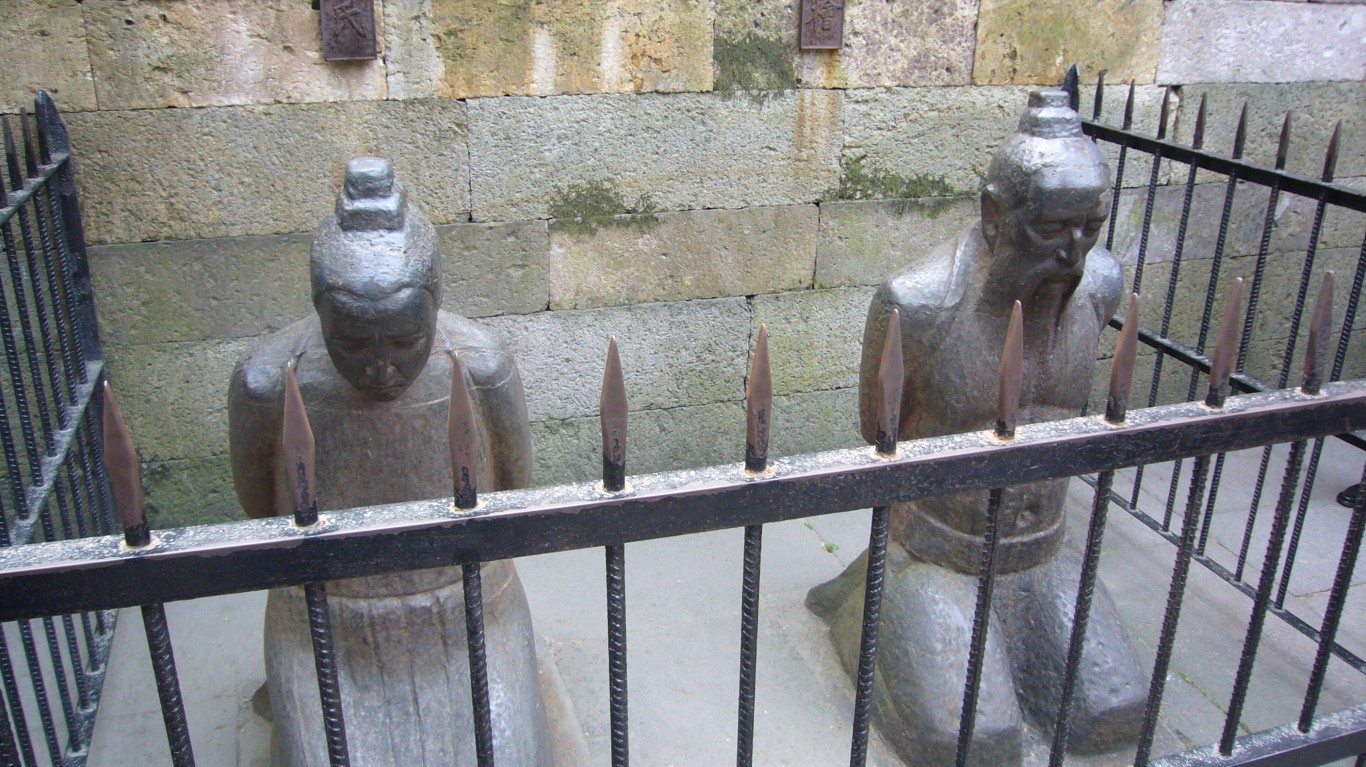
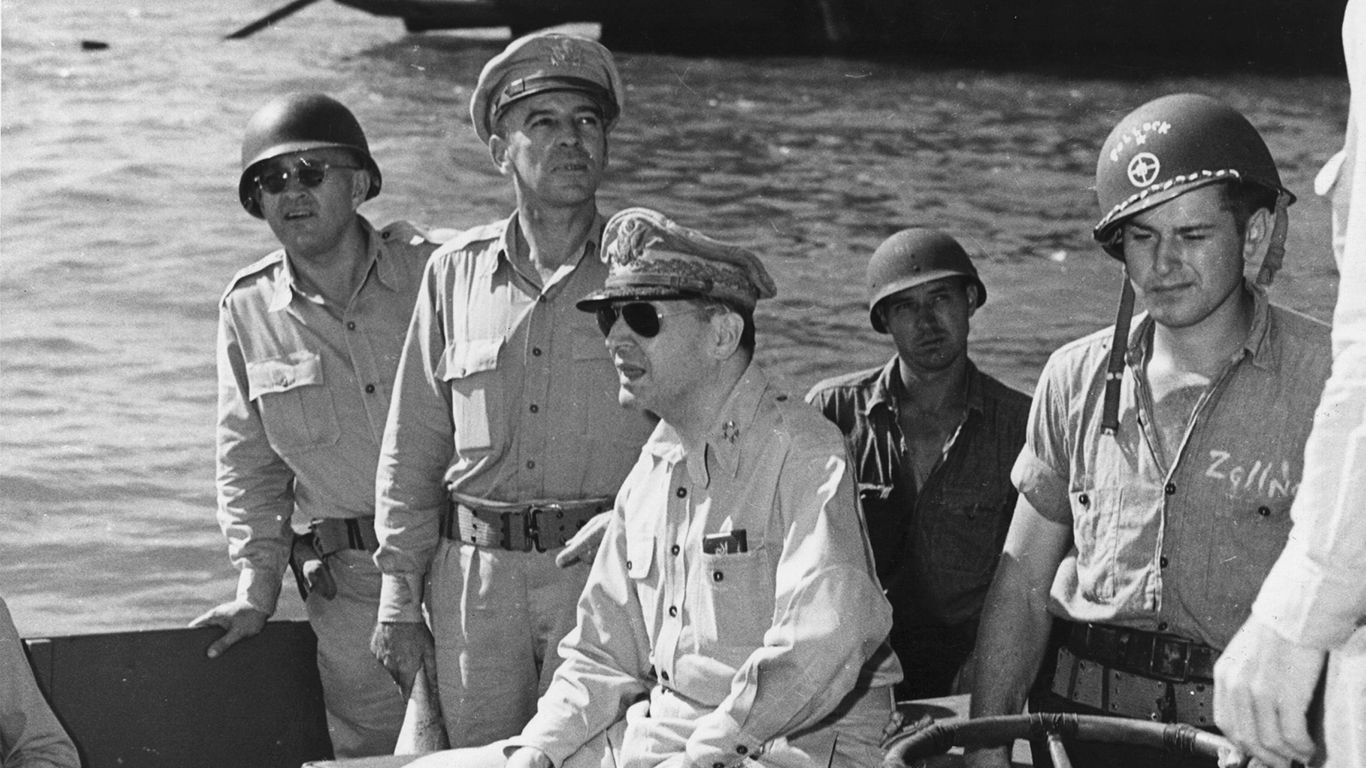 24/7 Wall St.
24/7 Wall St.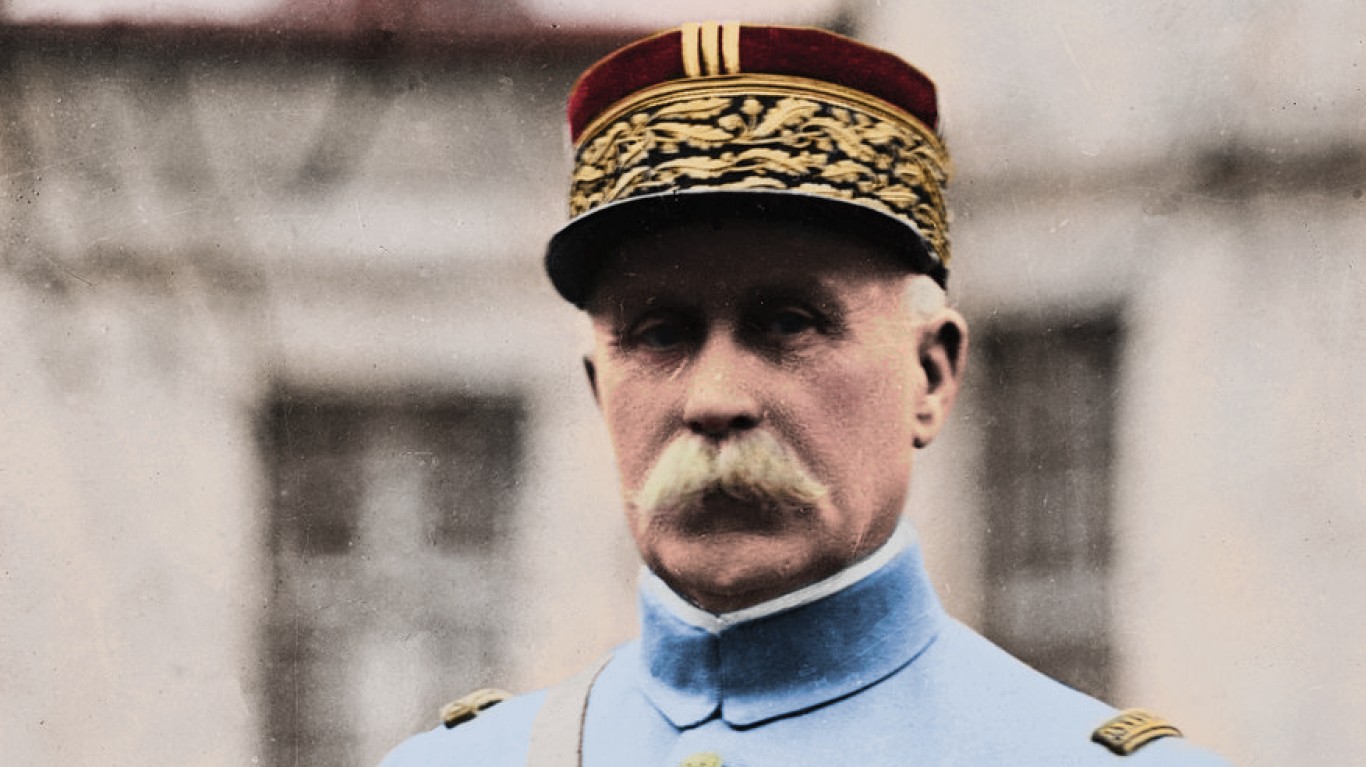
 24/7 Wall St.
24/7 Wall St.